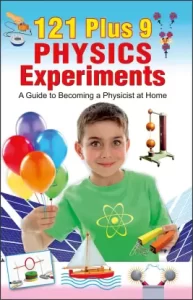One-Way Mirror (Physics Experiments)
This may sound strange to you; you may have noticed that in some shops a mirror is placed behind that check-out counter? There’s no accounting for the manager’s sense of decor, unless of course she’s on the lookout for shoplifters.Things Required:Silver packaging wrapDirections:Turn on the lights in the room you’re in. Stretch the reflectanive sheet […]

